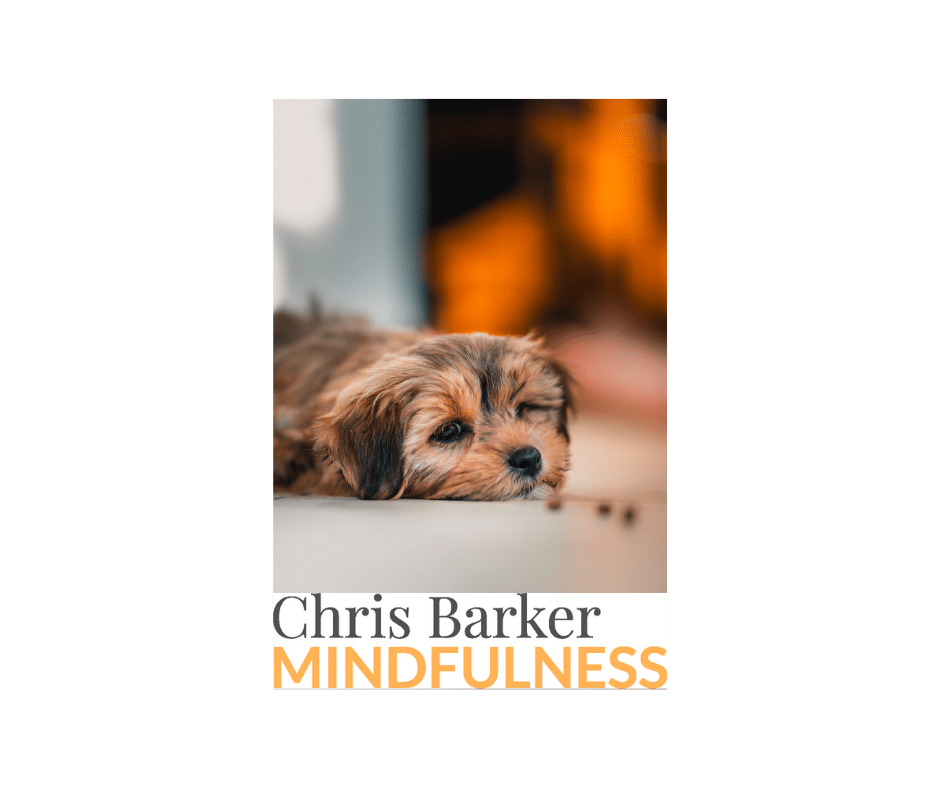
Somebody asked me the other day why they felt so disorientated all the time, which got me thinking…
I recall being told we have all been equipped with a ‘discrepancy monitor’, located in our left prefrontal cortex. It is a useful tool that shows us the difference between what we want and what is happening. ‘I want to get to work on time; this traffic jam is stopping me’. ‘I want to send an important message; I don’t have any signal here’. Things are not always the way we want them to be.
I sense in a post-lockdown world; we have doubled down on this discrepancy monitor. Perhaps, the new challenge is that we don’t quite know what the future looks like. I guess many of the habits and daily routines of life are up in the air: working environments, schools back but for how long, socialising with friends and family, access to medical and dental services etc.
This might mean if we don’t know what the ‘ideal model’ or ‘normal service resumed’ looks like, how can we identify discrepancies? How do we navigate our way around the traffic jam, or move into an area with signal to send the message? Could this be leading to a sense of disorientation?
All I suspect we can do when uncertainty is present, is to be present with what is certain.
Perhaps, picking up an awareness of any points of contact, feet on floor, bottom on chair, hands feeling the fabric of clothes. Some people focus on their breath, stepping back and observing the natural flow of air in and out of the body. Personally, I become curious about sounds around me. How they rise and fall of their own accord, beyond my control. Many say this helps them feel grounded and can stop a train of thoughts or worries about the future running away with their minds in the present.
